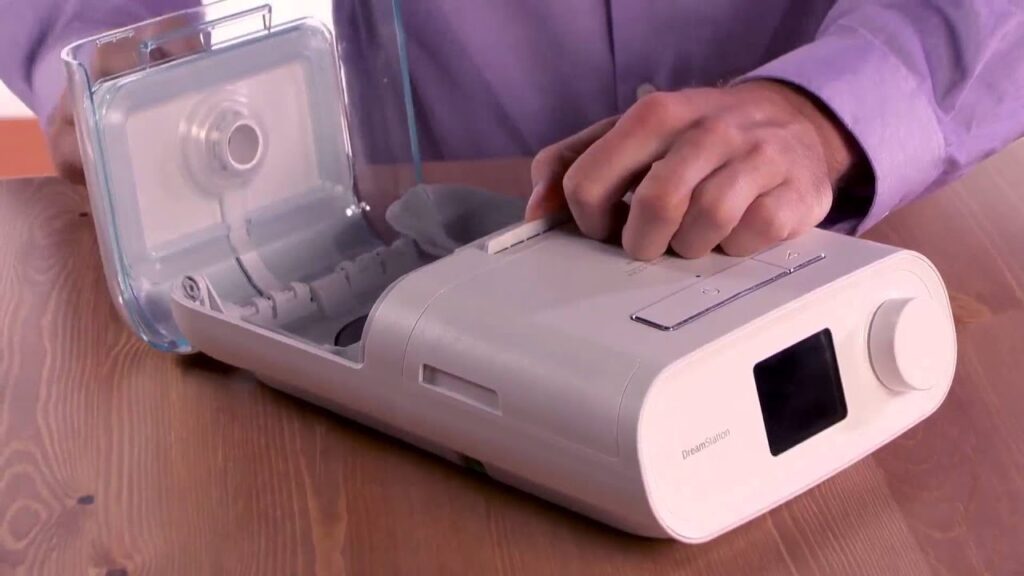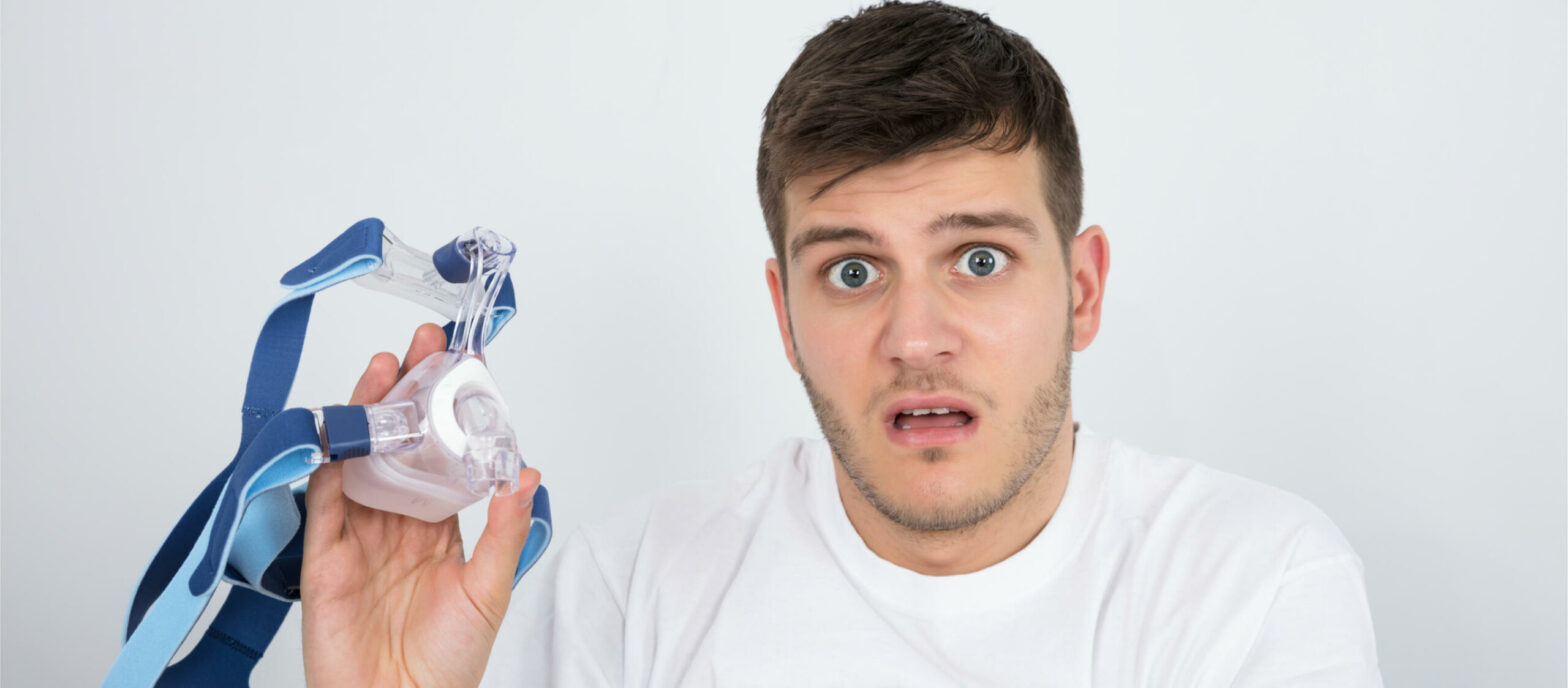CPAP machine are built with the capacity to solve sleep apnea problems perfectly without complications. Yet, users have reported series of complaints about some inadequacies from the use of the machine. Meanwhile that is not to scare you away in case you have been diagnosed of sleep apnea and a CPAP machine has been recommended.
As a matter of fact, cpap machines are efficient and dependable. Records have the success stories of how many people have overcome even the most severe level of both obstructive sleep apnea and central sleep apnea. In today’s medical world, CPAP machine remains the most commonly recommended solution for different levels of sleep apnea.
However, when the some components of the cpap machine begin to malfunction, the machine itself can cause a few complications to the therapy. Though, that happens in rare cases.
Whatever happens, the aim of this post is to encourage you to learn the best tips to handle the common problems that may occur when using the machine. We have prepared tested and trusted solutions that can help you overcome some of the prevalent challenges and improve your CPAP therapy.
Here are the common problems you may encounter with your CPAP machine and how you can solve them without paying a machine repairer.
1. Breathing against the air pressure
CPAP machine is expected to pump pressurized into your nostrils to keep your airways open and free of obstruction while sleeping. While that can be an advantage, it might be hard to adapt to that new change in breathing.
One of your very first challenges as a new CPAP machine user is learning to breathe against the pressurized air. To get that done, set your machine to produce a lower pressure you turn it on. Then, you can set the pressure to gradually increase the pressure when you are about to sleep. If you are not sure of remembering to increase the setting before you sleep, you can set the machine to increase the pressure automatically when it gets to a certain time. this feature is called a ‘ramp’ function.
Some CPAP machines comes with C-Flex or Bi-level settings. A machine with that feature alternates between inhalation and exhalation pressure to give you a more natural breathing. if your machine doesn’t have the C-flex feature, you will have to keep to the ramp function.

2. Swallowing Air
As a new CPAP machine user, it is most possible that you find it uncomfortable to swallow air when the machine starts supplying pressure. Swallowing air may cause you to feel bloated burp when you wake up. This problem happens to first timers as they may lack the adequate knowledge to set the machine to deliver moderate airflow. Hence, they set the pressure too high.
To solve this issue, try decreasing the pressure in the settings. Meanwhile, make sure you don’t set the pressure too low as not to make the effort of the void. When the pressure is moderately low, use the ramp setting to automatically increase the pressure gradually as you fall asleep. Note that not all CPAP machine has the ramp feature. So, if you can’t get that function on your machine, buy a ramp pressure device to compliment the functioning of your machine.
You also need to get a more CPAP titration study to help you discover a better pressure level that fits your custom need.
3. Having troubles overcoming claustrophobia
Your CPAP machine will only perform excellently if it fits perfectly to your face. However, that same snug fit can cause you to feel smothered or stifled. That strange feeling may affect your heart and make it run faster than normal. At times, that mask can choke up your head that you may feel like tearing off the mask. When you are having that feeling, it means you are struggling with claustrophobia.
The claustrophobia feeling can be very frustrating. To get out of the struggle, get a mask that that fits but doesn’t tighten your nose too much. More so, nasal pillows can come to your rescue. You can also use the relaxation and distraction methods like listening to music, watching movies and the likes. These strategies can help you get familiar with the sensation of wearing a tight mask every night.

4. Dealing with condensation
Having moisture mixed with the air makes breathing easier. However, it is the reason water droplets store in the CPAP machine tubing. The stored water may eventually reduce your airflow. If you are using a heated humidifier or sleep in a room with cooler temperature, it is most likely you encounter this same problem.
To solve overcome that struggle, reduce the temperature your humidifier is emitting. You can also keep the CPAP tubing warmer by putting it under your blankets. Better still, you can buy a new CPAP machine that comes with heated climate-adjusted tubing.
5. Having a dry mouth after sleep
On no account should you have a dry mouth waking up after a night with CPAP machine on your nose and mouth till dawn. If that happens, it means the airflow escape from your mouth while sleeping making it dry when you wake.
Here are best ways to solve the above problem:
- Wear a chin-strap tight enough to keep your mouth shut when sleeping
- Use a heated humidifier
- Change to mask fittingly covers your nose and mouth
- Speak with your doctor to guide on how to adjust the pressure setting on the CPAP machine
6. Perceiving unpleasant odors
When your CPAP equipment are dirty, you begin to smell some unpleasant odors that can get you irritated.to prevent your mask, tubing and other accessories from smelling funny, engage in frequent adequate cleaning routine. Cleaning is very important to sustain the longevity of your machine and keep it at the top performance level all through. If the unpleasant smell in your CPAP machine refuse to go away, that means the dirt is too much. So, you may consider replacing the affected component for a fresh new one.
Final Words
Every first time CPAP machine user would encounter one challenge or the other. Starting from issues of adaptation to lack of knowledge about necessary settings. The good news is, you can overcome all the common challenges if you adhere strictly with this guide. Don’t forget to first discuss the issue with your CPAP supplier for further guide.
